* (restored/expanded)
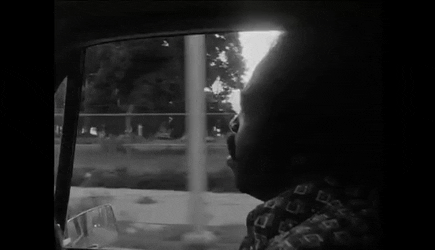
‘Thom Andersen (b. 1943) is an American filmmaker celebrated for his erudite, penetrating and refreshingly offbeat essay films. A patient historian and fervent cinephile, Andersen mined an unpredictable termite path deep into film history with two impressively researched and revelatory documentaries, Red Hollywood (co-directed with Noël Burch) and Los Angeles Plays Itself, which together embody the resolute yet subtle mode of politically engaged cinema that he has defined across his larger oeuvre. Both Red Hollywood and Los Angeles Plays Itself are compilation films, dense mosaics of scenes and shots culled from Hollywood films and transformed by voiceover narratives, written but not spoken by Andersen, detailing the suppressed histories of the American cinema decipherable within the moving images. The two films make clear Andersen’s profound understanding of popular cinema as both a dangerously amnesic form of cultural memory—an ideological filter that willfully distorts the world it purports to represent—and a uniquely insightful lens through which to critically engage written, and unwritten, history.
‘The politics of architecture and urban space is a major concern underlying Los Angeles Plays Itself, which explores the cinema as a potent archaeological and navigational tool uniquely able to map those hybrid streets and spaces—partially true, partially invented—chartered by the cinematic and popular imagination. Like Henri Lefebvre, the French theorist of the everyday, Andersen’s keen understanding of the actual and imaginary city was partially honed by a brief but indelible stint as a taxi driver that granted an in-the-streets perspective that informs both his ardent critique of Hollywood’s deliberately partial representation of urban space and a larger project across key films to trace the evolving image of those minorities and working classes systemically underrepresented in American cinema. Related here is a recent Andersen work, an insightful study of still little-known African American filmmaker Spencer Williams, commissioned by the Museum of Modern Art. Andersen’s deep knowledge of modern and contemporary architecture, meanwhile, gave way to the recent Reconversão, a formally rigorous study of Portuguese architect Eduardo Souto de Moura.
‘An important complement to Andersen’s work as a filmmaker is his long career as a writer, occasional critic and curator and, above all, an instructor at CalArts, where he has been an anchor of the legendary film school for almost thirty years. Indeed, the subjects and pedagogical thrust of both Los Angeles Plays Itself and Andersen’s most recent feature, The Thoughts That Once We Had, were partially inspired by lectures given in his CalArts seminars. A reflection on the influential ideas about cinema of French philosopher Gilles Deleuze, The Thoughts That Once We Had offers Andersen’s most personal film, a lyrical and purely cinematic work that, despite its lack of spoken narrative, fully embodies the nuanced tones of his inimitable voice: at turns wry, impassioned, mournful and fiercely critical.’ — Harvard Film Archive
‘“Hollywood films,” says Thom Andersen, “have become formalist exercises. I guess I was once a formalist myself, so in a certain way I can appreciate that, but obviously we want more from movies than that.” In a sense, this statement nicely sums up Andersen’s walk through life. From his first “formalist” films in the 1960s to his essayist explorations of the documentary value of Hollywood fictions, the main question remains the same: how can one describe a world in cinema? How do cinematic forms not only tell stories, but also create descriptions of our actual lives?
‘While his first feature film, Eadweard Muybridge, Zoopraxographer (1975), paid tribute to a man who was the first not only to capture motion in pictures but also to put these pictures in motion, Red Hollywood (1996, with Noël Burch, narrated by Billy Woodberry) gave the victims of the Hollywood Blacklist their due by investigating how they were able to give form to their world views. This penchant to rekindle the history of cinematic representations by bringing out what conventionally remains in the background is even more pronounced in Andersen’s best-known film, Los Angeles Plays Itself (2003), a “city symphony in reverse” that critically explores the ways his beloved city has been depicted in movies. It suggests that, at a time when most of the fictions of mainstream cinema seem to have lost their moorings in the real world, after increasingly going astray into mindless spectacle, the descriptions they carry within them often tend to be complicit in a consensual rendering of our history – a “history written by the victors, a history written in crocodile tears”.
‘One of the many sources of inspiration for this marvellous study of the multiple cinematic faces of Los Angeles was the work of French philosopher Gilles Deleuze, notably his reflection on the moments when cinema, in letting us see the unbearable of our world, might wake us up to the possibility of something else. In his film, The Thoughts That Once We Had, Andersen digs even deeper into Deleuze’s thinking on cinema, in order to liberate the force of the past from its celluloid entrapment, and to let it bear on our present. After all, wasn’t it Deleuze who managed to voice the question we are all struggling with today, which is: how can we regain faith in our world? And moreover, how can cinema contribute to finding this confidence that we so badly need?’ — Courtisane
___
Stills









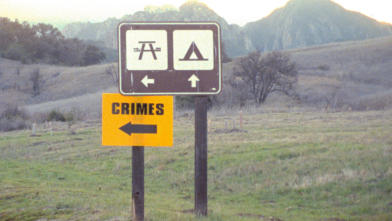






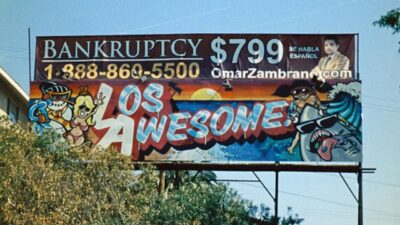
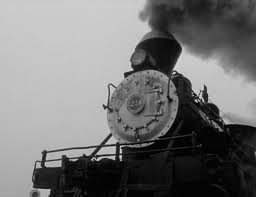



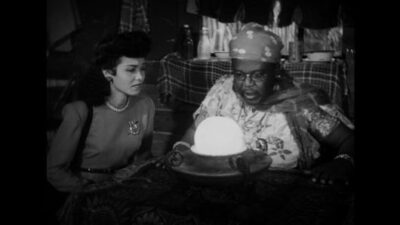







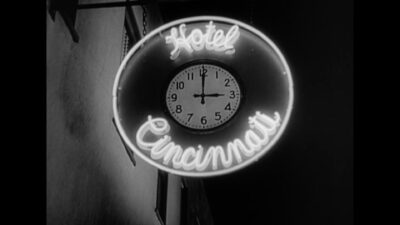










____
Further
Thom Anderson @ IMDb
Thom Andersen: ‘I became a little monster’
Book: Thom Andersen’s ‘Slow Writing’
Thom Andersen talks about his films and politics
Hollywood, Read: Slow Writing: Thom Andersen on Cinema
Thom Andersen on Los Angeles architecture and films
Critical Condition: Jordan Cronk interviews Thom Andersen
The Enthusiast
Get Out of the Car @ Senses of Cinema
Blade Runner Is a City Planner’s Dream
Thom Andersen Tarnishes The Silver
An Interview with Thom Andersen
Why Criticism: Thom Andersen and the Critic as a Worker
‘Los Angeles Plays Itself’ A Decade Later
Review: ‘The Thoughts That Once We Had,’ a Cinematic Flight
J. Hoberman on Thom Andersen’s Juke
Night on Earth: Los Angeles—Passing Through Twilight, by Thom Andersen
Los Angeles, I’m Yours
Los Angeles in Theory and Practice: Thom Andersen’s Los Angeles Plays Itself
Between Artists: Thom Andersen / William E. Jones
L.A. Existential
____
Extras
Thom Andersen on Pedro Costa’s “Horse Money”
Thom Andersen on George Lucas
California Here I Come by Thom Andersen, Andrew Kim, & The Farmingdale Sound Machine
Thom Andersen | Entrevista
_______
Interview
from POV Magazine

Christina Clarke: The definition of documentary seems to be changing. What’s your take on hybrid nonfiction?
Thom Andersen: For me it represents a return to something that really has existed since the beginning of documentary as we call it: Nanook of the North or a film I actually like better, In the Land of the Headhunters by Edward Curtis, made about 1914. [Shot] north of Vancouver, it’s a document of the native people there and their ceremonies. It’s so impressive; footage of it turns up in a lot of films. For example, it’s in Oliver Stone’s (1991 movie, The Doors, in which he re-creates Jim Morrison’s student film,) the one he made at UCLA and was lost. It has footage from (Headhunters), which wouldn’t be possible because the movie hadn’t been rediscovered yet.
My point is Curtis made up a story that the native people acted out. It was based on their life but was also sensationalized. So from the very beginning of what we think of as documentary was hybrid film.
CC: Films were a new way of seeing; it was a new technology. Sensationalizing stories would draw more of an audience. And certainly in the teens, orientalism was popular; people were fascinated by the exotic.
TA: Godard said Méliès was the father of documentary because he made The Coronation of Edward VII around 1902, which of course was staged. But it was the first film that proposed that it was documentation of an event rather than just a street scene as in the Lumière films.
CC: Given the historic roots of documentary, it’s ironic that it became more and more assumed to be non-partisan and reality-based.
TA: The Maysles don’t call their films documentaries; they call them fictions because they make a story out of something that’s real, which they don’t manipulate except when they are editing the film. Johan van der Keuken is one of the great documentary filmmakers. He doesn’t call his work documentary because he has people reenact things. It’s things that they do but he asks them to do them again so that he can film them, even if it’s just a matter of walking. And then of course the people who are part of this series: Jean Rouch, Robert Gardner and Pierre Perrault in Canada. Another important film is Portrait of Jason by Shirley Clarke.
CC: Where does documentary film end and narrative film or even art film begin? Artists like Bruce Conner come to mind and Mike Kelley, who was a graduate of Cal Arts. Robert Frank’s Cocksucker Blues, in which Frank invented his own version of the Rolling Stones. We’ve come to believe that documentary is more truthful than narrative film, that the story is more authentic under the rubric of documentary film.
TA: Pedro Costa, who could obviously be in this programme as well, when people ask him what was documentary, what they were really interested in was, what was true. For him, true was not a matter of what was staged or reenacted in his films but the truth. Let’s say documentary films have a certain kind of truth and fiction films have a certain kind of truth.
CC: How do you define each? Is there a line?
TA: Sure. In a fiction film, it’s a matter of having a kind of privileged access to the people in the film and creating a story that has some moral, an emotional truth, the possibility of a truth about society at a certain time and place. The last is also what we expect of documentary but we don’t expect the same kind of access to the people in a documentary film.
CC: Access to their internal workings? To their spiritual lives? Their motivation?
TA: That’s why [Krzysztof ] Kieslowski quit making documentaries and started making fiction films. He said in a documentary you couldn’t show people making love, you couldn’t show the most intimate scenes. He felt he had used up all he could do in documentary and started making fiction films. But his first fiction films were sort of hybrids. Short Working Day, for example, is quite a remarkable film, and the one after it Blind Chance.
CC: I’m thinking even Kenneth Anger could be included in this definition of nonfiction. Visual artists have always been playing around with this and it seems we’re finally acknowledging that filmmakers have been doing this all along. And some of the films coming out right now are very powerful because filmmakers are used to dealing with the through line of narrative. Visual artists seem to discover narrative later whereas filmmakers are looking for the narrative, for the inherent story, the inherent dramatic climax.
TA: Also, if there are more films like this being made today it’s because of the ossification of the documentary form in U.S. filmmaking. Certain forms have become formulas. Obviously, if you want to talk about hybrid films, reality TV is an example where you have something real and something made up. The Ken Burns form, Alex Gibney (Enron: The Smartest Guys in the Room). Films that tell a story but it’s a story that’s also sometimes interrupted. Neither of these forms was involved with direct cinema, which seems to have kind of disappeared from mainstream American documentaries since the ’60s and ’70s. Quite often the subject is political or quasi-political or pseudo-political, like the Enron movie or Charles Ferguson’s movie about the stock market crash (Inside Job) and his very good film about the Iraq war and occupation (No End in Sight: The American Occupation of Iraq). What these films have in common and what I don’t like about them is the use of extragenic music. I might have started that in American film with the Muybridge movie. Of course it had been done before in a number of French documentaries, most notably in Night and Fog, which has a great score by Hanns Eisler.
CC: Now that everyone is documenting everything online, where do you think personal narratives end and fictions begin? What’s your experience at Cal Arts with your students?
TA: James Benning (who was also featured in Art of the Real) teaches a class [at Cal Arts] where students make movies from material found on various Web sites like but not limited to YouTube. The availability of these images makes it possible to create different kinds of work, to create strange juxtapositions. The films that he is presenting in this series are some of his YouTube movies, made from materials he found on the Internet.
CC: Does that count as “found footage” since it’s identified as owned or created by those posting online?
TA: Maybe the term found footage is used too widely. For example: Los Angeles Plays Itself is not made from found footage.
CC: Highly curated footage!
TA: Some of it was found in a sense, but I searched for certain things. I saw a movie and said this is something I want to talk about.
CC: What sort of films did you respond to when growing up? What sparked your interest in the medium?
TA: As a child I didn’t go to the movies very much or even watch them on television. I remember a couple of movies I saw that I liked as a child: High Noon and another one that I still like is War of the Worlds. It scared me a lot, seeing it in a movie theatre. I got interested in movies when I was in high school. I suppose the movies that first inspired me were Ivan the Terrible and “The Apu Trilogy” by Satyajit Ray. After that, Breathless and Pickpocket and Last Year at Marienbad, those were the movies that inspired me to take an interest in working in film. Another Hollywood movie that impressed and scared me when I was young was Kiss Me Deadly. The only movies that I saw as a child that appear in Los Angeles Plays Itself were War of the Worlds and Kiss Me Deadly, both movies that I still like.
CC: I think as a kid, the things that are most memorable are the things that scare us. Being scared as a kid is kind of the same as being excited.
TA: Yeah. There are movies that scare you, like Errol Morris’s The Fog of War. Not so much the Rumsfeld movie.
CC: The Fog of War is quite chilling. It does what a good narrative film does; it has a great arc. The fact it’s based on real stuff makes it that much more terrifying.
TA: Scary movies today are documentaries.
CC: You have several films in Art of the Real, including Eadweard Muybridge: Zoopraxographer and Red Hollywood.
TA: Muybridge is in a way kind of a new movie. Finally, I can say, I’ve been able to do what I intended to do with these movies but, because of lack of resources, was unable to do. I’m sure [UCLA] spent more money on this restoration, which is more of a re-creation of Muybridge, than I spent on making it. It’s really wonderful. It’s now 35mm instead of 16mm.
It was restored by the UCLA Film and Television Archive: Ross Lipman and Sean Hewitt. In all their restorations, when they have a 16mm film they blow it up to 35. That’s what they did for Killer of Sheep by Charles Burnett and Bless Their Little Hearts by Billy Woodberry, two films that were in Los Angeles Plays Itself.
CC: Are you planning to do some other films?
TA: I’d like to make a movie about D.J. Waldie, who wrote Holy Land, a book about Lakewood, one of the best books about Southern California. I’d like to make a movie about architecture in Los Angeles, early modernist architecture. There are lots of other possibilities. I’d like to write a book that is an extension of Los Angeles Plays Itself. People have talked about a book of collected writings or selected writings—things that I’ve written that weren’t published or things that were published under other people’s names. And I’d also like to see the longer films that I’ve made get wider distribution so that everyone who might be interested can see them.
CC: Is there anyone you’ve especially admired?
TA: I was a big fan of the Maysles, particularly their film about the Beatles in 1964. I thought when I got out of film school, I could get a job with them as an editor. But I think all their editors were women, so I knew I didn’t stand much of a chance.
______________
Thom Andersen’s 10 films
______________
A Train Arrives at the Station (2016)
‘Whatever your thoughts on the essay-film format or, if you’ve ever managed to see it, Andersen’s other projects, Train should offer a litany of pleasures. Andersen says it “comprises 26 scenes or shots from movies, 1904-2015” and “has a simple serial structure: each black & white sequence in the first half rhymes with a color sequence in the second half.” Within that simple structure is a web of associations: it runs the gamut from lush Hollywood productions of yesteryear and today to low-grade foreign productions that I couldn’t even identify; from slow and serene to fast and nerve-jangling; from actual trains to miniatures, real landscapes to rear-projection and constructed sets. What most makes A Train Arrives at the Station a pleasure, though, is that it’s ultimately a serene experience.’ — The Film Stage
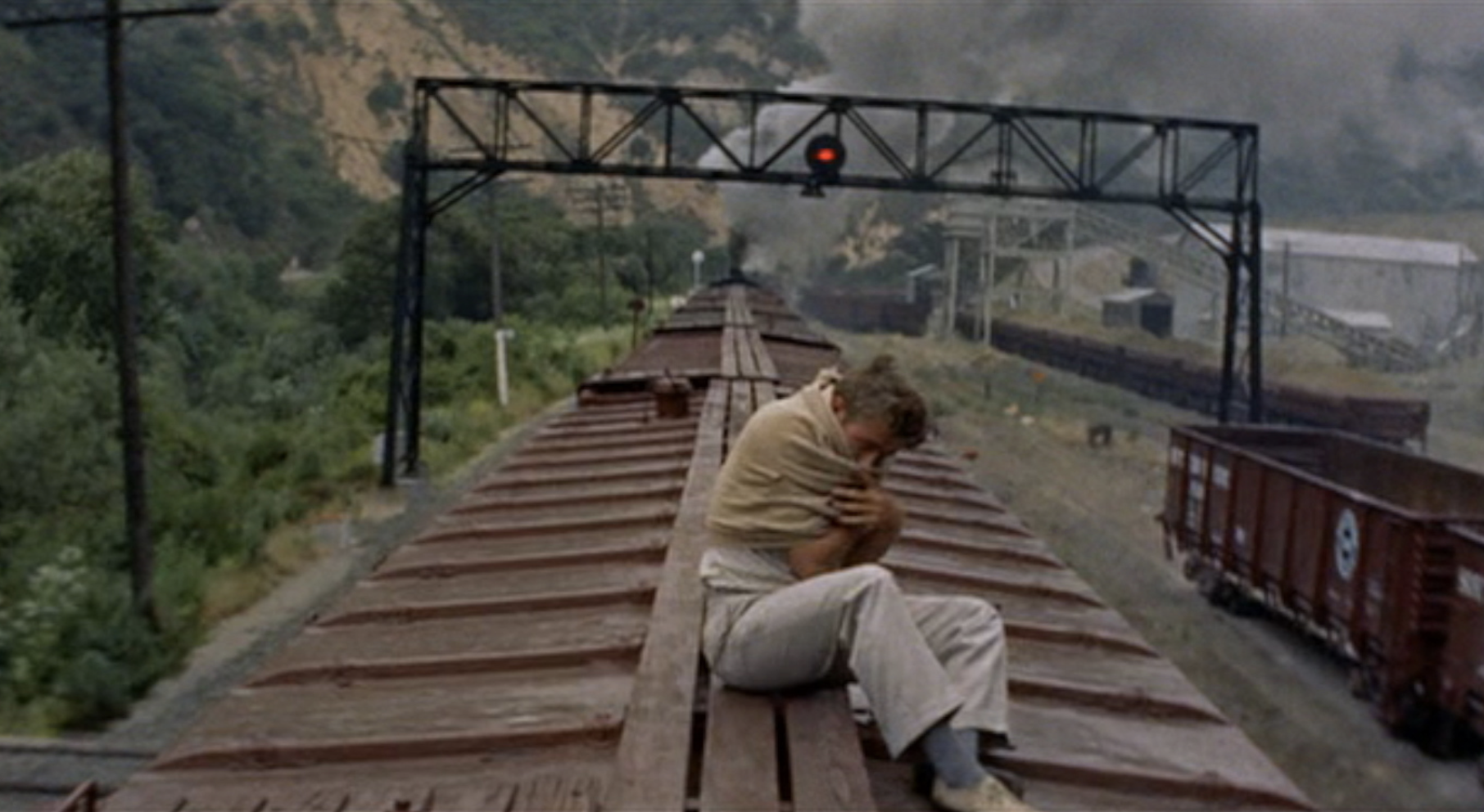
_______________
Juke: Passages from the Films of Spencer Williams (2015)
‘During the 40’s, Spencer Williams directed nine “race films” for Sack Entertainment in central Texas, and he acted in eight of these films. Only one has yet to be rediscovered. in JUKE, i attempt to reclaim his work, to demonstrate its originality and beauty as well as its documentary value. Williams returns always to the same theme: the struggle between the sacred and the profane, the church and the juke joint, gospel and blues. He portrays both with equal conviction. The church always prevails, but he gives the devil his due.’ — Thom Andersen
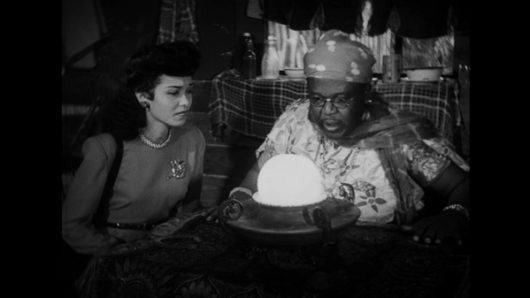
________________
The Thoughts That Once We Had (2015)
‘The Thoughts That Once We Had takes the form of a conversation. The most recent feature by American filmmaker Thom Andersen unfolds as a running dialogue between him and the late French philosopher Gilles Deleuze, who wrote extensively about cinema. Throughout this new film, clips from older films are interwoven with lines of text that appear onscreen — some of which are direct quotations from Deleuze, and some of which are personal ruminations, responses, and elaborations from Andersen, who taught his two volumes on cinema for a quarter-century at the California Institute of the Arts (CalArts). A few of Deleuze’s concepts are illustrated directly through images in Thoughts. “The affection-image” (Deleuze’s characterization for views of the human face as it stands outside a film’s action to provide an emotional response) comes initially through D.W. Griffith and his actresses Lillian Gish and Mary Pickford — either one of who, suggests Andersen, might have been its pioneering performer. The affection-image is then rediscovered in Andersen’s film by Jean-Luc Godard, nearly fifty years later, first with Jean Seberg in Breathless (1959) and then over subsequent films with Anna Karina, Marina Vlady, Woody Allen, Molly Ringwald, and even himself. The illustration of the affection-image eventually extends outwards to encompass John Cassavetes’s work with Gena Rowlands and Pedro Costa’s with Vanda Duarte, in keeping with Deleuze’s spirit.’ — Aaron Cutler and Mariana Shellard, Filmmaker Magazine
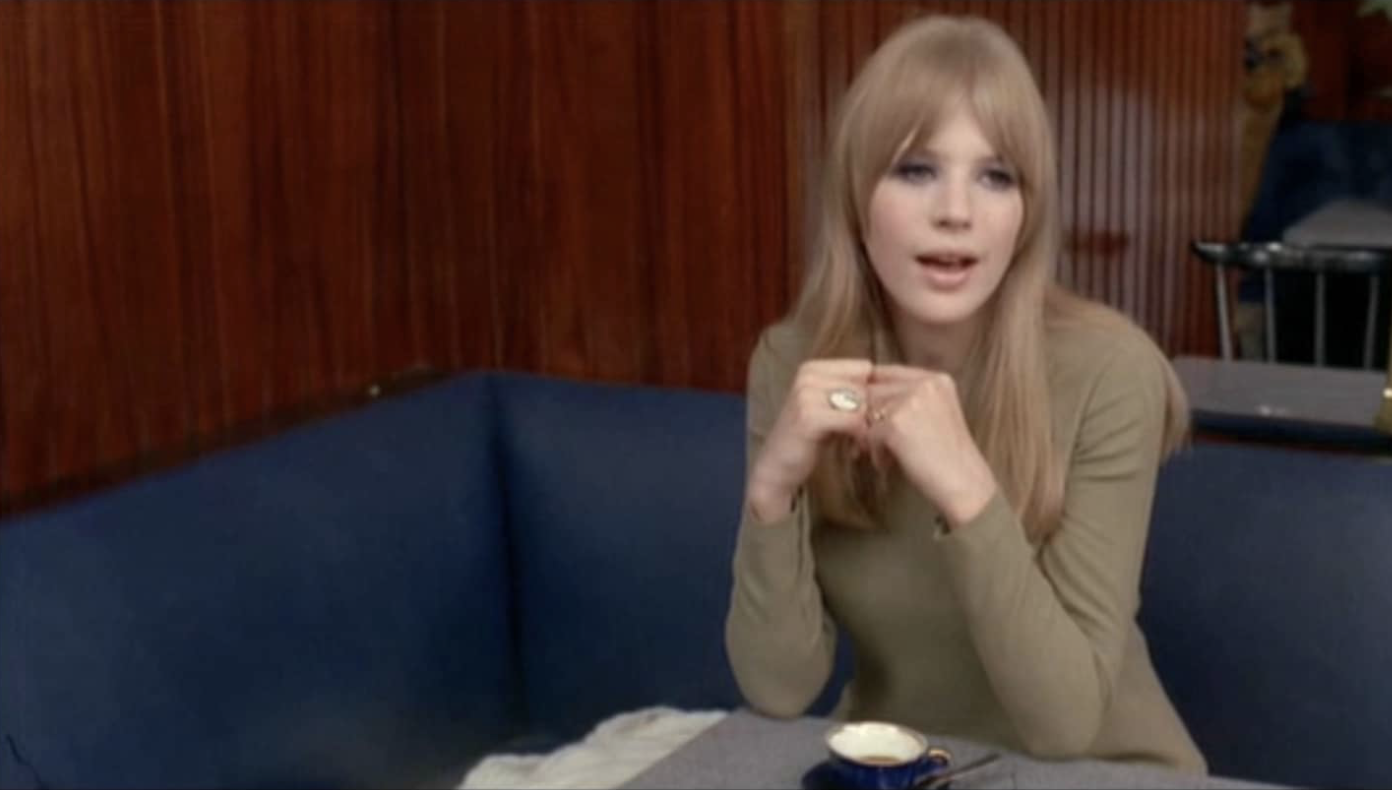
______________
The Tony Longo Trilogy (2014)
‘While remastering Los Angles Plays Itself, I re-edited a number of clips, including The Takeover (Troy Cook, 1995), a grungy, sordid straight-to-video film remarkable only because executive producer Michael Woods and star David Amos had in 1990 planned and carried out the murder of Horace McKenna, Woods’s partner in the operation of a chain of strip clubs around Los Angeles – a crime echoed in the movie. After repeated viewings, I noticed a miniature tragedy (or black comedy) spread out over the first sixty minutes. Its protagonist is Waldo the bouncer, the victim of ruses and sucker punches, whose multiple failures lead him to one final heroic attempt to make amends. This is his story.’ — Thom Andersen

_______________
Reconversão (2012)
‘We don’t see Portuguese architect Eduardo Souto de Moura until the last 20 minutes of Reconversão, the new documentary by L.A. filmmaker Thom Andersen. But the build-up to the interview is a visual assemblage of Souto de Moura’s built and un-built work — some of it still functioning and some of it abandoned — through Andersen’s sympathetic lens. “Most films about architecture present buildings as art objects,” says Andersen, who is known for the now-iconic L.A. documentary Los Angeles Plays Itself, about how the city is portrayed on film. “Like Ken Burns’ film on Frank Loyd Wright, for example. You could watch that film and you wouldn’t know that the Larkin building no longer exists. The building is shown as an ideal, eternal form. I wanted to show the real life of the buildings.”‘ — Wendy Gilmartin, LA Weekly
Trailer
______________
Get Out of the Car (2010)
‘Thom Anderson describes his short film Get Out of the Car (2010) as a work of “militant nostalgia”. Distinct from the “useless and reactionary feeling of nostalgia”, this contentious strain carries an imperative to critique and reclaim history, not from misinformation but collective cultural ignorance (or “amnesia,” as Andersen told fellow filmmaker William E. Jones in 2013).3 Across 30-odd minutes, Andersen shows us blank or abandoned billboards (“it’s a documentary about signs,” he says off screen), handpainted murals and some wonderfully eccentric roof sculptures, but this notion of interrogating the past is most clearly enunciated through an act that disrupts landscape-film convention. Rather than just document the environment, Andersen intervenes, holding up photos of demolished buildings against an empty blue sky and attaching four notices to a series of fences guarding the resting place of vanished cultural markers (Joni Mitchell was right: they paved paradise and put up a post-office parking lot). These signs are fiery requiems that pit social history against contemporary business (a drive-in was “DEMOLISHED WITHOUT PERMIT”), and, as becomes clear later on, their design has been modelled on advertisements for low-cost funerals hung up on adjacent chain-link fences.’ — Senses of Cinema
the entire film
Thom Andersen on ‘Get out of the Car’ @ Locarno Film Festival
‘While editing the sound for Thom Andersen’s Get Out of the Car, I realized that many of the images had different meanings for me than for him. So I took 14 scenes, made them all 30 seconds, and created my own non-specific narratives, though traditional sound design.’ — Craig Smith
______________
Los Angeles Plays Itself (2003)
‘Thom Andersen’s nearly three-hour essay-film, from 2003, joins his trenchant and polemical voice-over commentary to a rich and alluring selection of clips from dramatic features shot on location in Los Angeles, ranging from “The Big Sleep” and “Rebel Without a Cause” to “Chinatown” and “Clueless.” This kaleidoscopic portrait of the city is both a powerful work of film criticism and a personal story of living in Los Angeles. Andersen traces the falsification of the city’s geography and history in Hollywood movies to the shoddy narrative and ideological conventions in run-of-the-mill productions; even the habitual display of architectural landmarks and styles comes in for scathing analysis. Andersen shows that movies are both recording devices that display political perversions of civic life—including racial prejudice, police brutality, real-estate depredations, and economic inequities—and propaganda machines that perpetuate them. He concludes with a grand tribute to the legacy of great local independent filmmakers who discovered truth by way of fiction, in such movies as “The Exiles” and “Killer of Sheep”.’ — Richard Brody
Trailer
Excerpt
the entire film
Los Angeles Plays Itself Q&A – Thom Andersen
______________
Thom Andersen, Noël Burch Red Hollywood (1996)
‘Of the many edifying pleasures of Thom Andersen and Noël Burch’s Red Hollywood, the first and most striking is the notion that anything like a “Red Hollywood” existed in the first place. The 1996 essay-documentary details the phenomenon: during the 1940s and ’50s, numerous Communist (and Communist-sympathizing) filmmakers were making ideologically charged contributions to Hollywood cinema. Andersen and Burch’s illustrated history deploys clips from over 50 different films written and directed by victims of the Hollywood blacklist to describe a corpus of politically and socially engaged filmmaking that is nearly inconceivable in today’s industry.’ — Film Comment
Trailer
______________
Eadweard Muybridge, Zoopraxographer (1975)
‘Thom Andersen’s first feature announced the arrival of one of America’s most significant documentary auteurs. EADWEARD MUYBRIDGE, ZOOPRAXOGRAPHER is at once a biography of Muybridge, a reanimation of his historic sequential photographs, and an inspired examination of their philosophical implications. Working in collaboration with filmmaker Morgan Fisher, composer Mike Cohen, Muybridge biographer Robert Bartlett Haas, and narrator Dean Stockwell, Andersen took the idea of reanimating raw material and expanded it into a profound meditation on the nature of vision. The title speaks to both Muybridge’s practice of motion study and his 1879 device, which enabled the images’ projection. As such, the film foregrounds Muybridge’s role in the invention of cinema and cinema itself as an illusion arising from stillness. “One of the best essay films ever made on a cinematic subject.’ — Jonathan Rosenbaum
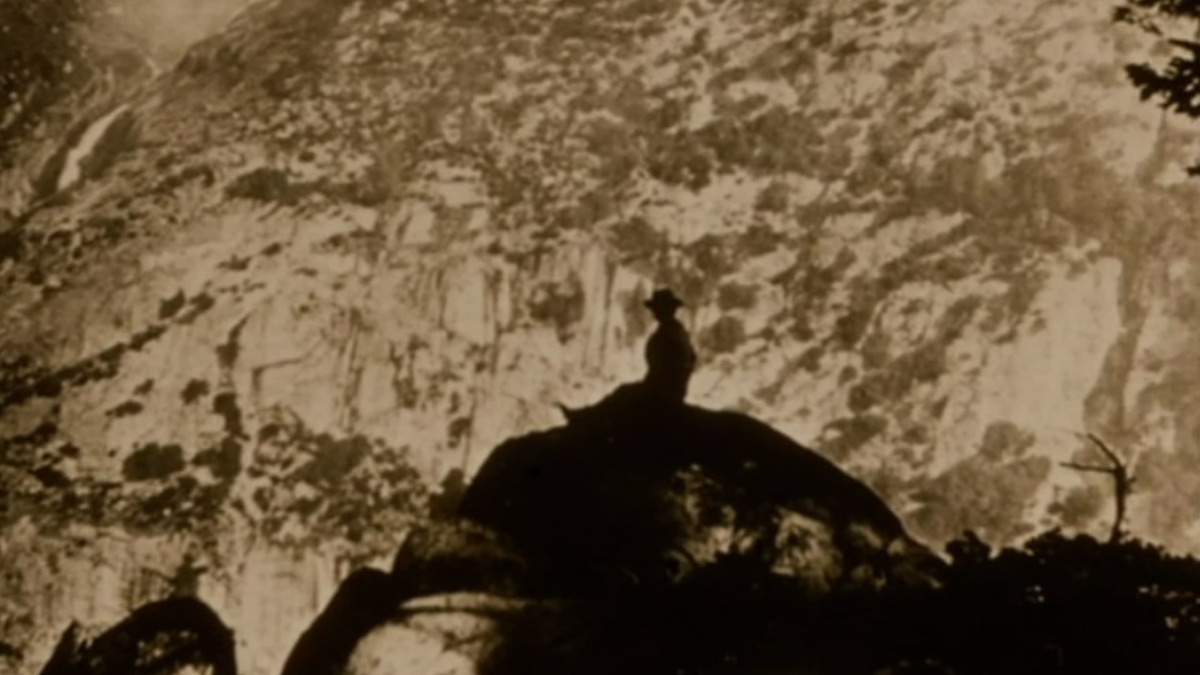
____________
Melting (1965)
‘Melting is remarkable for its alluding to a forgotten history and its prescience of history to come. Thirty-odd years after Bataille announced the informe, and 32 years before Bois and Krauss brought the informe back from history, and before Bois characterized melting in this way, Thom made his film. What Thom calls the sundae’s passage from edibility to waste, perfectly embodies the entropic. What once could have been eaten now cannot. Waste is something that nothing more can be made of; it has no further use.’ — zen xiu
the entire film
*
p.s. Hey. ** jay, Hi. Yeah, New City Club … I can’t imagine any other country or place in the world, not even Dubai, where that would have had the slightest chance of getting off the drawing board. Japan knows. Although, if I’m remembering correctly, I think it was only open for one or two days. A copper-plated parking lot? That does sound so cool looking and counterintuitive. Hm, no, I don’t remember the McCall smoke precisely. I think I remember sort thinking it smelled like a Bauhaus concert. It was controversial because he used unconventional smoke? Desperate to be outraged much? Fan unboxed and in place yet? I’m pretty sure my mental health would be improved of I took the large, disheveled, dangerous looking piles of books off my desk and put them where they belong, but that would necessitate me buying yet another bookshelf, and that part of the bargain doesn’t seem like it would improve my mental health. Don’t get crushed, or, I guess, I hope you didn’t. ** Dominik, Hi!!! Very, very loud, yes. And even if the clubs were dead, it would smell very, very musty. Bad idea, love. Love dying like that club (Floodlights) whose reason of death was ‘never existed’ because love cannot figure out what that means, G. ** Misanthrope, Yes, constantly and everywhere and nothing can stop it! If it makes you feel any better, the person Zac and I just managed to extricate our film away from owes me 40k which I will now never, ever get back. Charlie XCX loves you guys. ** _Black_Acrylic, In theory, I agree with your assessment of Blitz Club and its possible rescue. Where were you when they needed you? Sucking on a lollipop and playing with your toy tractor, I presume? Damn, NEON could have been the savior of an entire generation. Ownership is evil. ** Steeqhen, Thanks. Yes, not exactly subtle, that club. Maybe in Russia Lolito has a double meaning? I think most of the clubs here in Paris are secretive-ish and located in whatever they call squats these days. 300 words should be a snap, no? Was it, or is it being so? I think I understand loving having muscles and being objectified more than I understand the loving of others’ muscles and objectifying the musclebound. 230 times is a lot! But that does sound trancey. Oh, Place de Nation … well, not around there because there isn’t so interesting. Maybe in the Marais? Or around Republique or something? Or, sure, Montmartre. It is very hilly, but most of what’s interesting about it is at the base of the hills. Let me think. It’s really about what you want to see. My week has been okay. Weekend plans of note? ** James Bennett, Thanks, James. There were some cool gay clubs in that era, mostly in NYC, but I neither dance nor drink more maybe a beer that I nurse for hours, so I could only really judge them on their appearance. Wow, ‘the great going clock of society’, what an excellent description of her writing. Absolutely agree with your characterisation of her work, and I’m very happy that we’re of like-minds in that regards. She’s formative. I’m good, you too I’m intuiting. Thanks, pal. ** James, I’m not a big clubgoer or fan myself, but I know they can be spacious and under-populated. Thanks for paying such close attention to them. The blog’s dream come true. I don’t know what kind of worm that was. I’ve never seen one since. I’ve described it to people who say, ‘oh, yeah, that kind of worm’. The shovel was a normal sized shovel. You know, to dig in the ground and all of that. Oh, yeah, ‘James’ is a novel that’s winning lots of awards and is written by the guy who wrote the novel on which that miserable movie ‘American Fiction’ was based. Haven’t read him myself. There’s an amusement park in Dubai that has the world’s longest log/flume ride, and that is tempting but not tempting enough. Okay, right, mock exams, yes, I’ve heard of them, and that makes sense and so on. You’re definitely more gay than me. I don’t even think Luigi Mangione is hot. Enjoy the last day of your week. ** iwishiwasanon, Hey, H! How are your finals being conquered by you? Thank you about the post. Maybe arranging images of graphs into totem arrangements would be a good post. Hm … xoxo, me. ** HaRpEr, Hi. Oh, Pryzm reopened? Your description of it is very interesting because the facade, which all I knew about it, makes it look really crappy. Huh. Zac smoked since he was, like 8 years old, so it was indeed a pretty amazing accomplishment. Editing together a chapbook of ten poems sounds fun. In the case you describe, I don’t think you’re overthinking, no. Listen, I spent more than a year writing the original version of ‘I Wished’ with total commitment before I realised it was nothing and a disaster and had to throw it out and start over again using just a few pieces of it which, even then, I had to rewrite for months. So, no. It just sounds like you’re open to embracing a revelation at whatever the cost. ** Justin D, I too find the Lolito example very hard to believe, and of course there’s no real way to know for sure, especially with it being in inherently untrustworthy Russia. Envelopes full of cash are the best gifts. Much better than gift certificates. I don’t get Xmas presents. No one buys me Xmas presents. Xmas cards are the closest I get. Maybe I’ll get a few of those. Thursday was … gosh, kind of forgettable, it appears. But Friday looks to be kind of okay. Did your Friday transcend its traditional confines? ** Okay. I’ve restored and expanded an old post to do with the great and original documentarian Thom Andersen that I hope you will spend some time with. If you haven’t seen his best known and opus film ‘Los Angeles Plays Itself’, I highly recommend that, it’s right there in full in the post itself, conveniently enough. See you tomorrow.

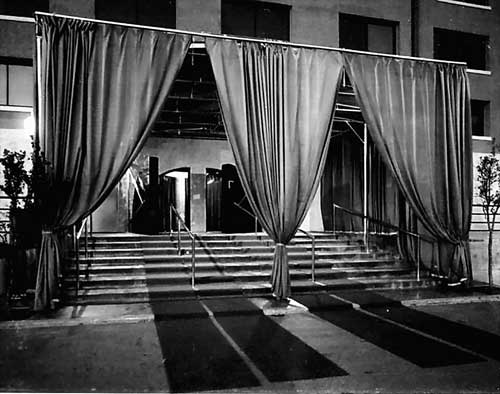


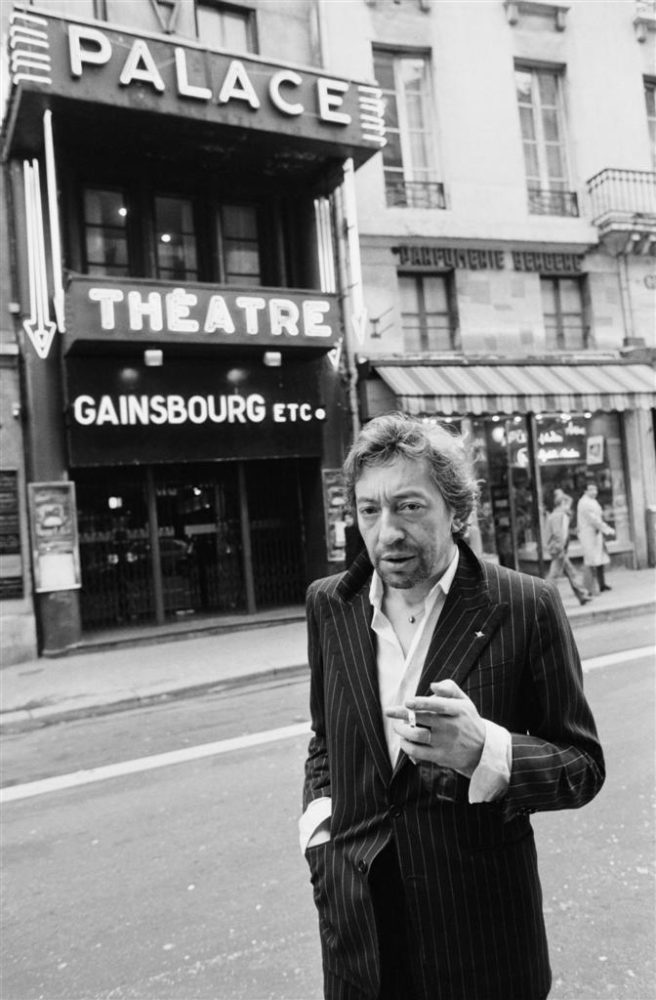
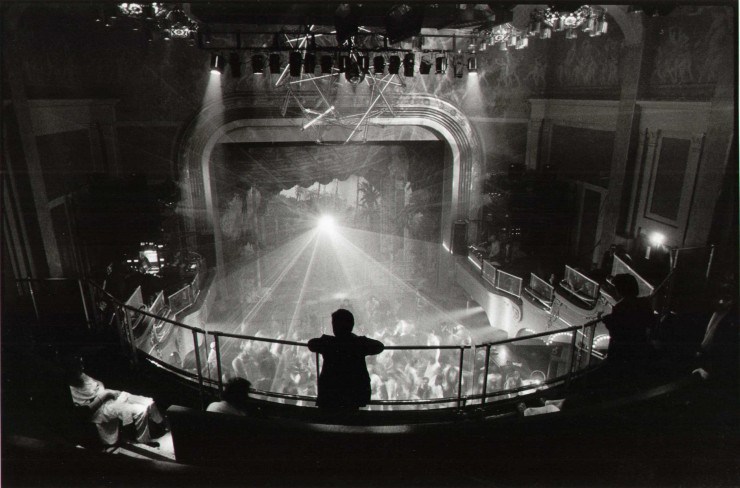
















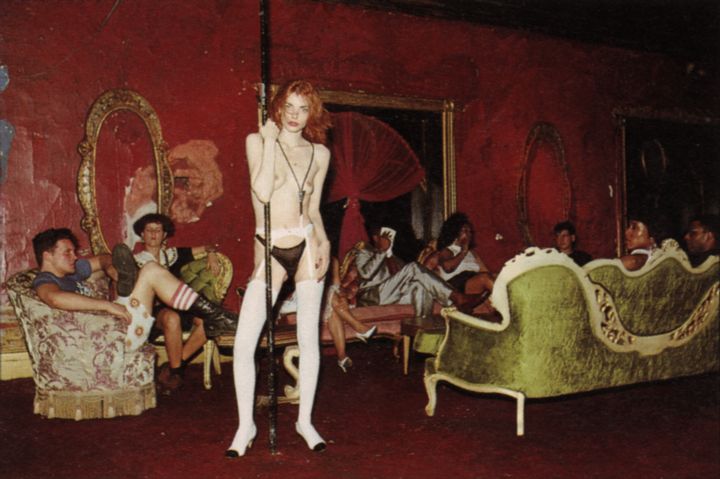





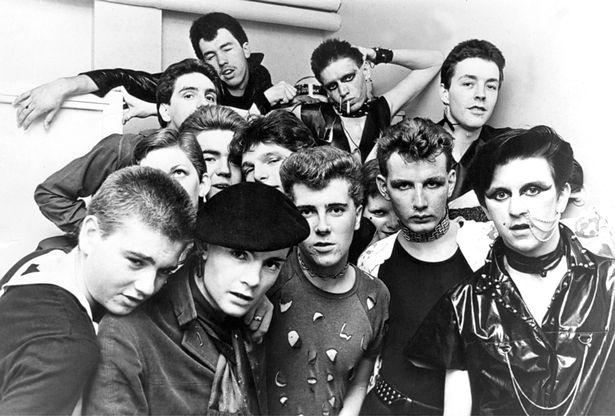
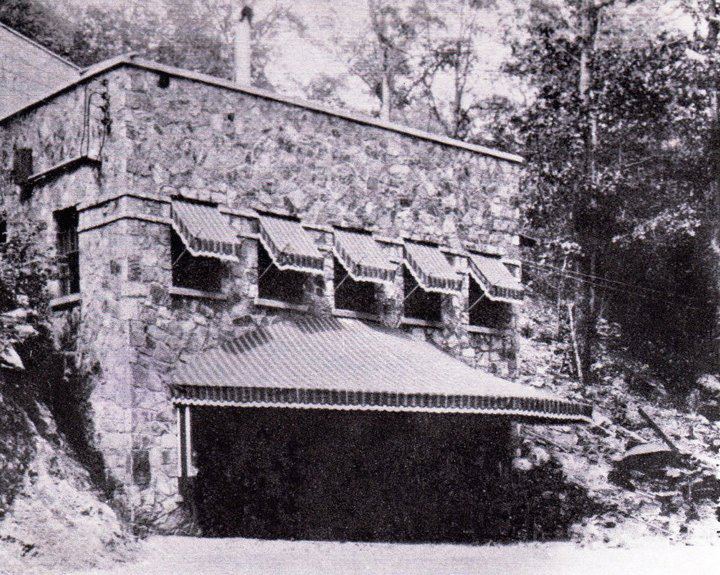





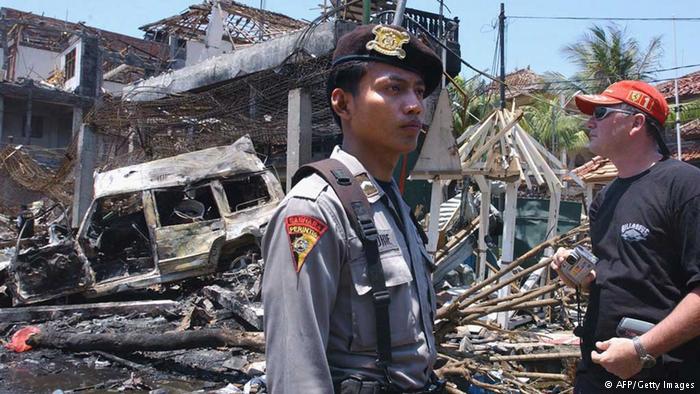













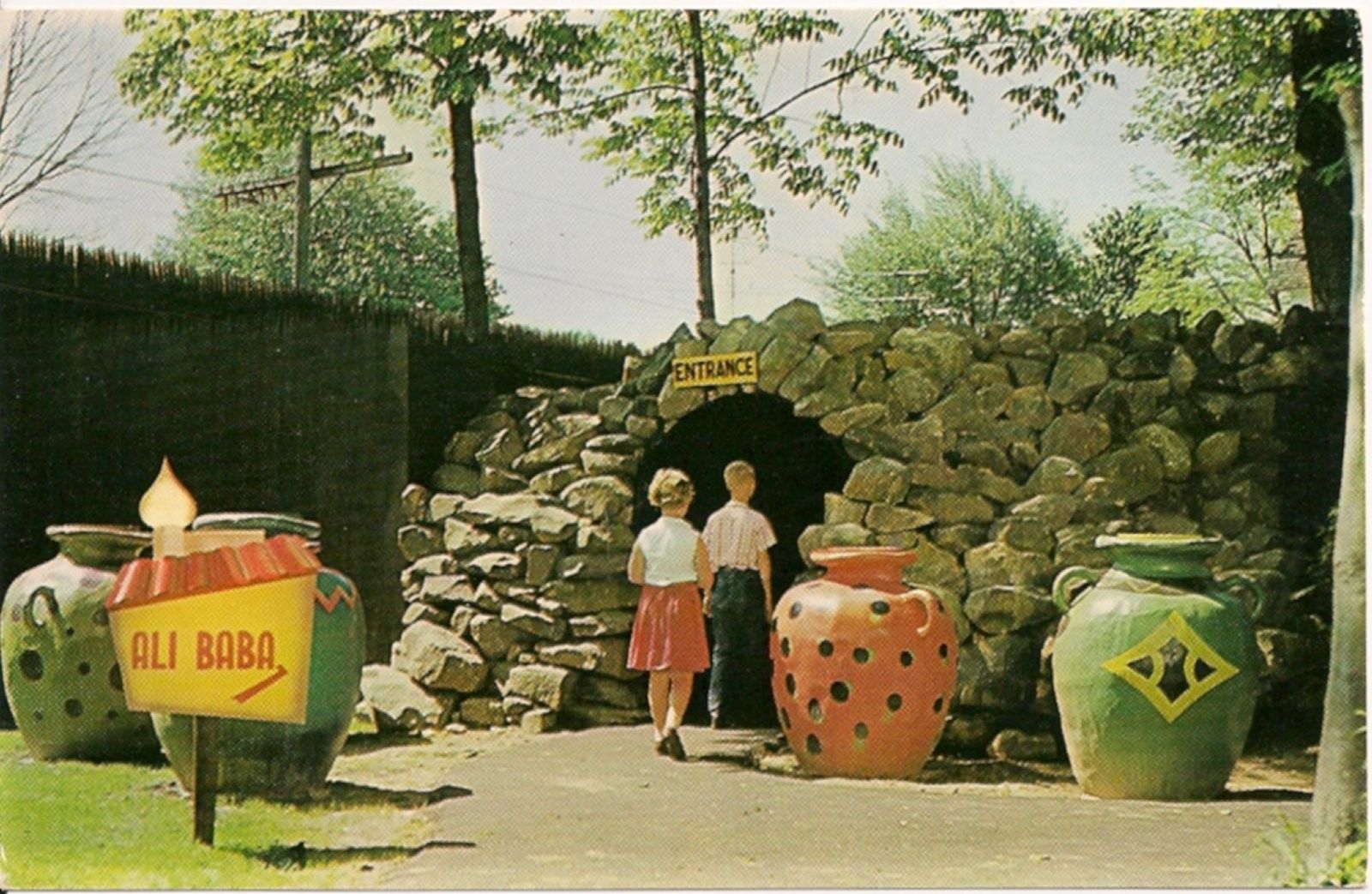




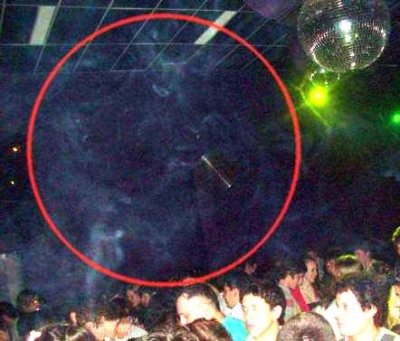

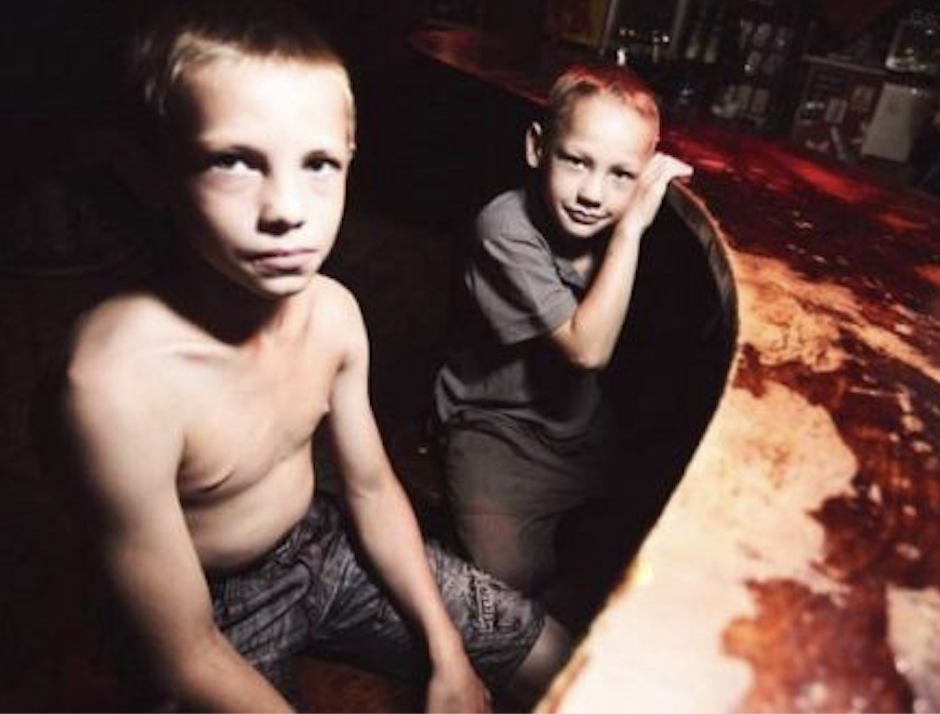

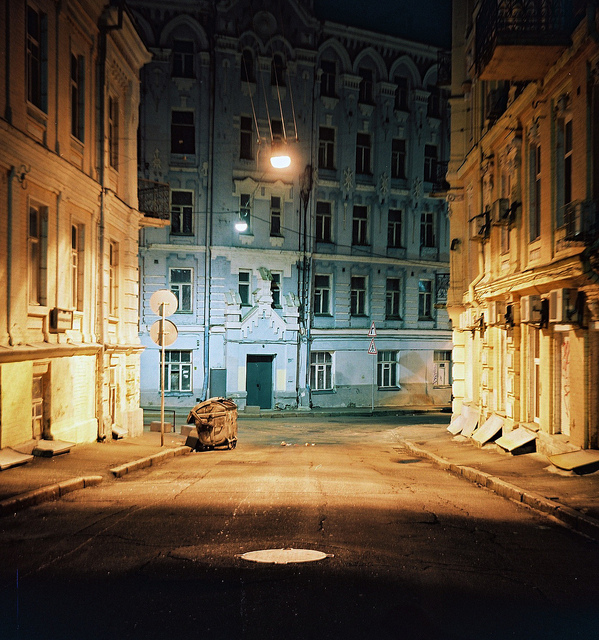



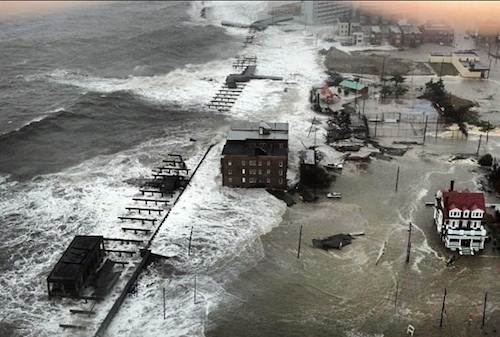
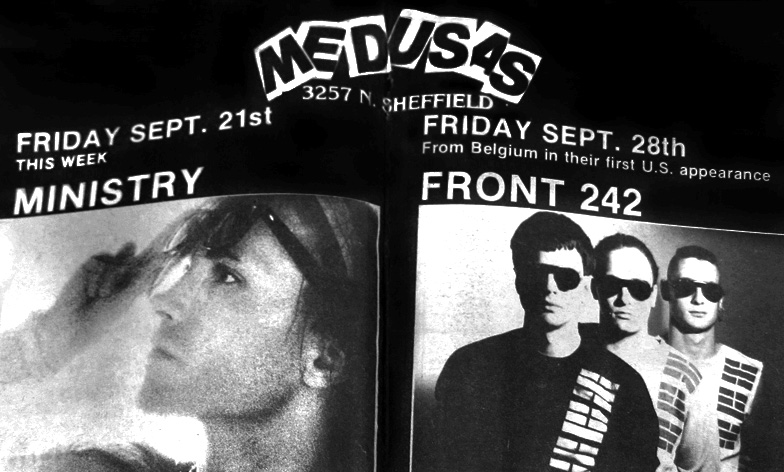

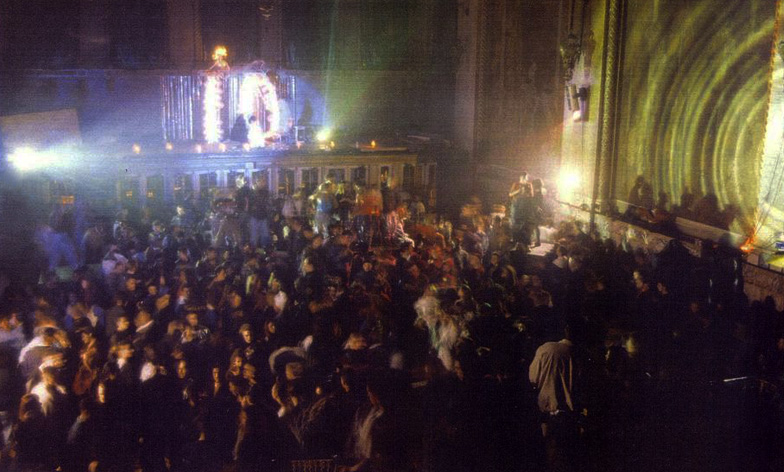











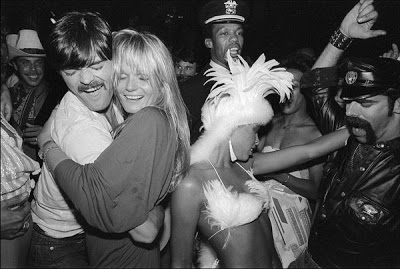












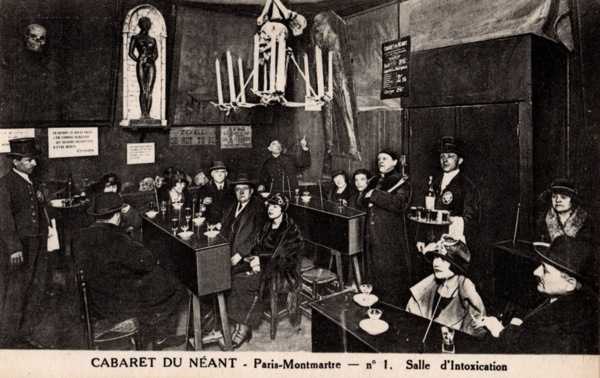
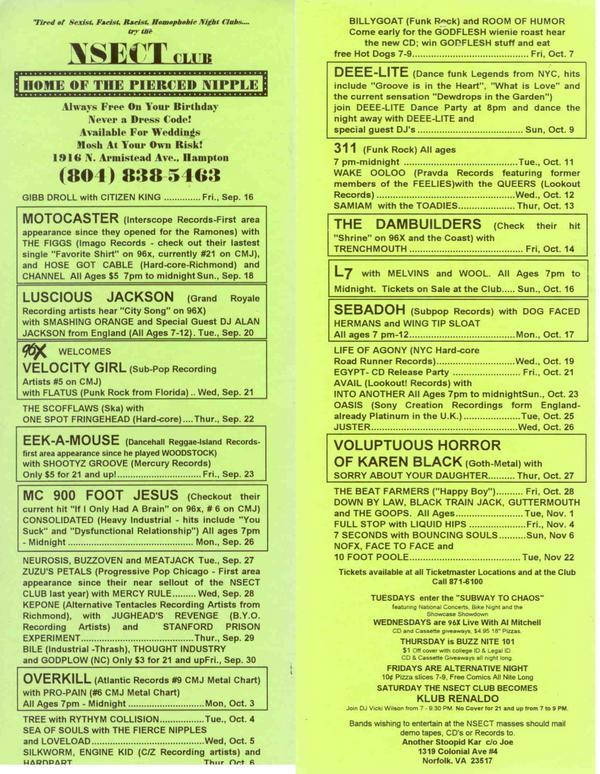
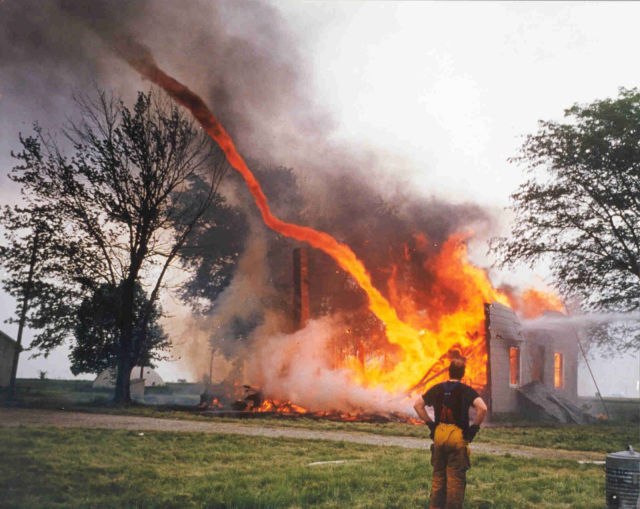
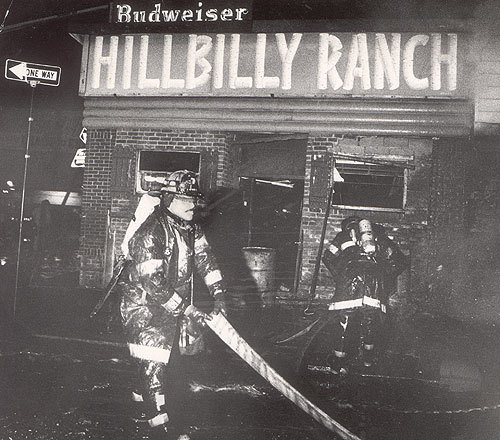
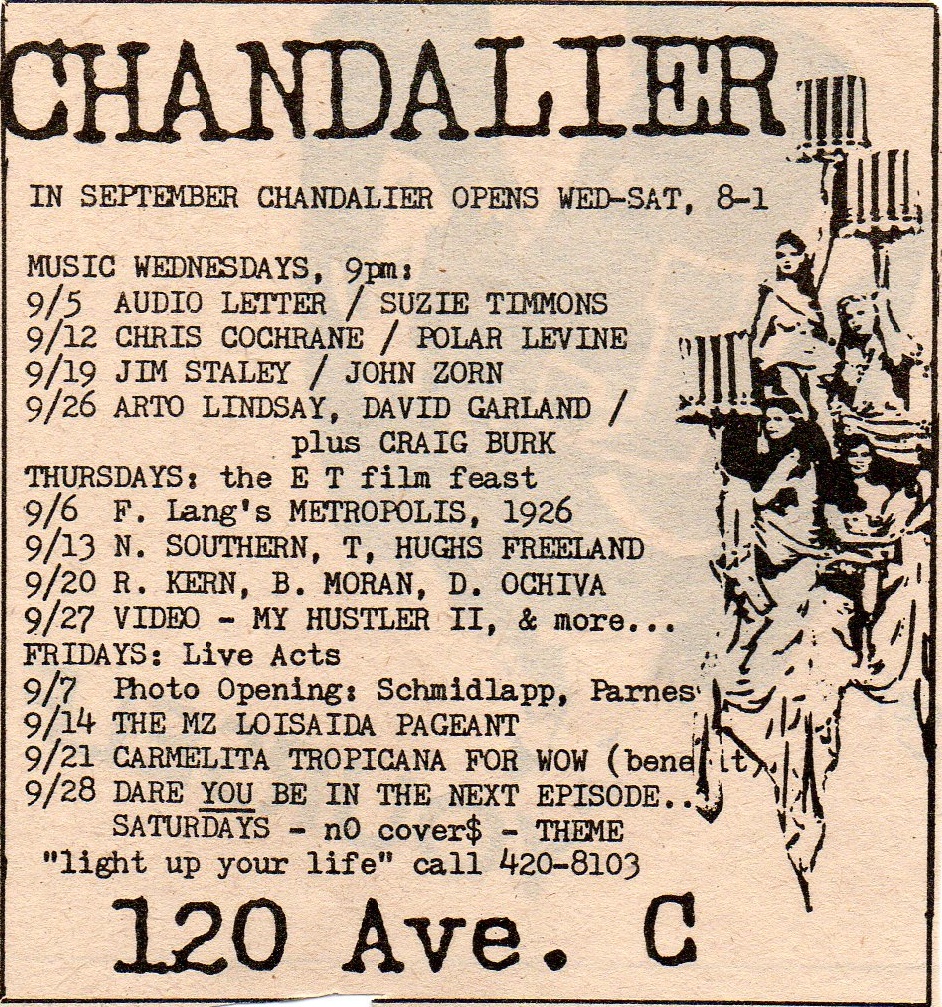

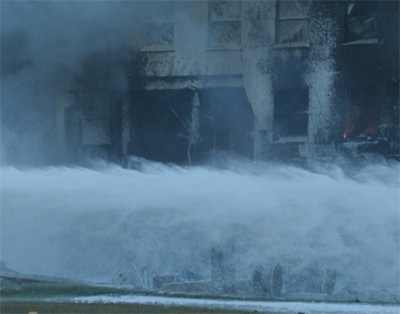
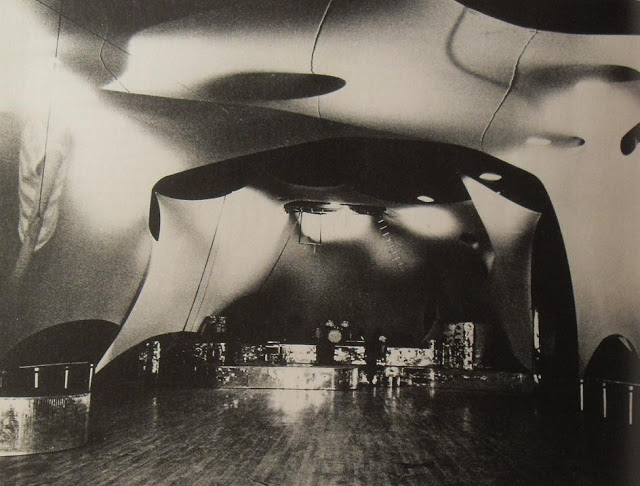
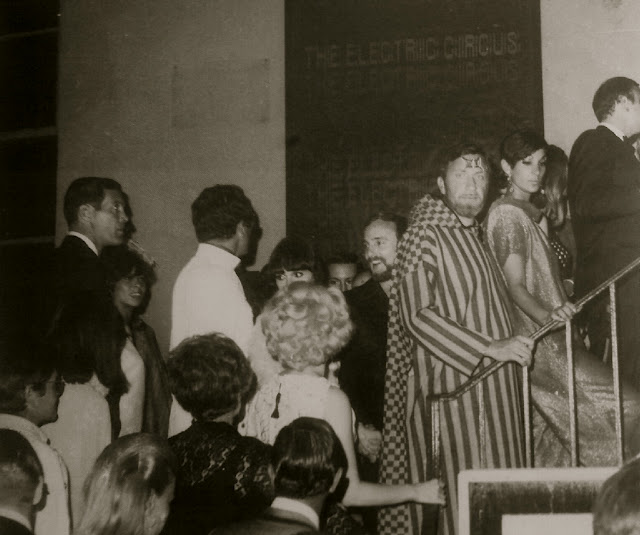
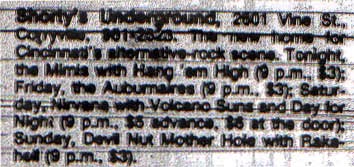



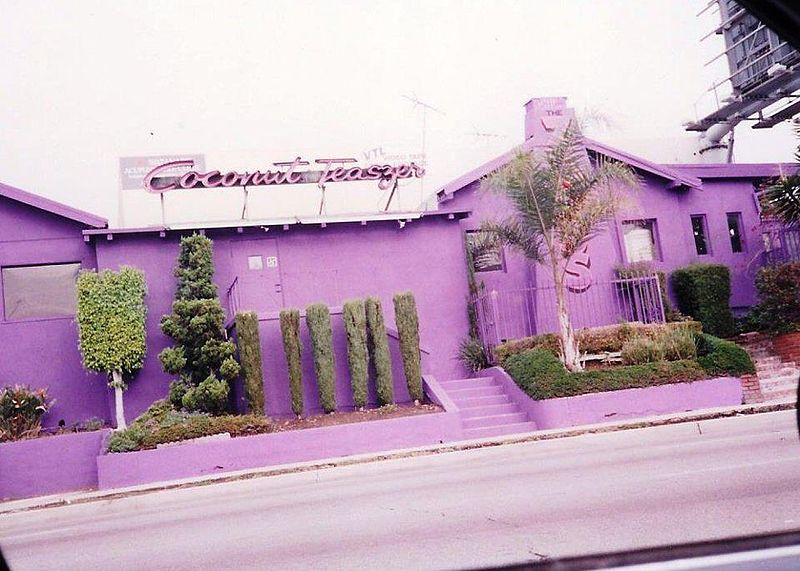


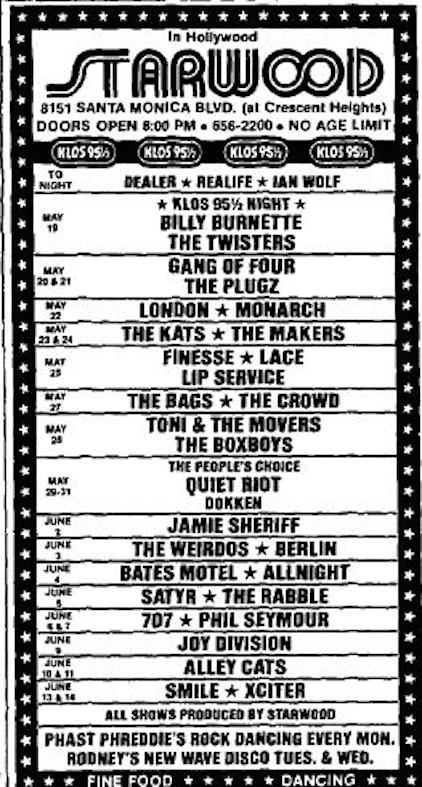
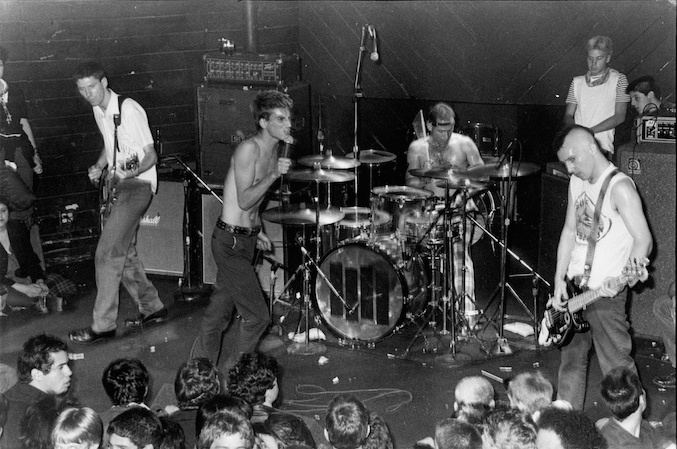





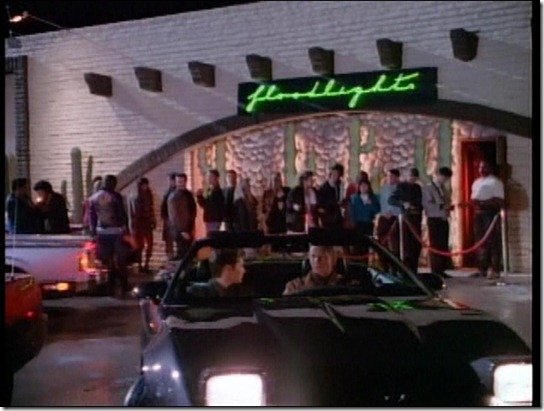








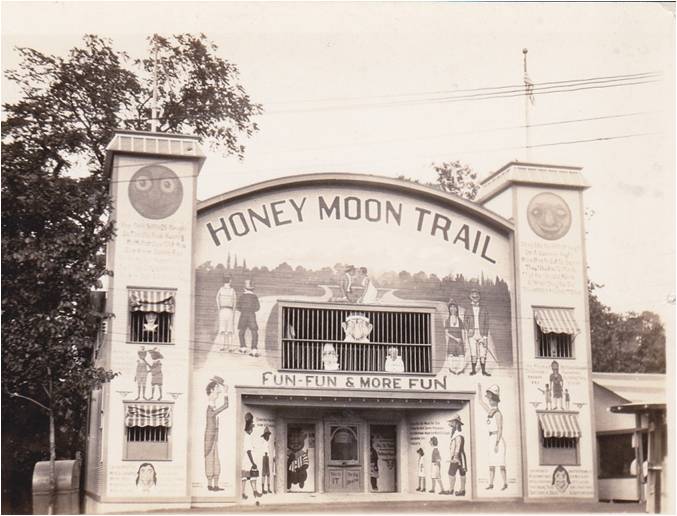
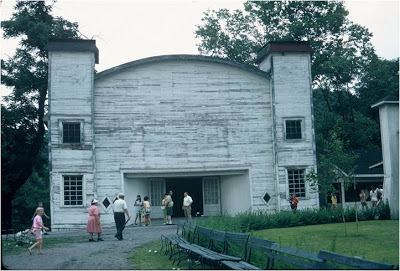









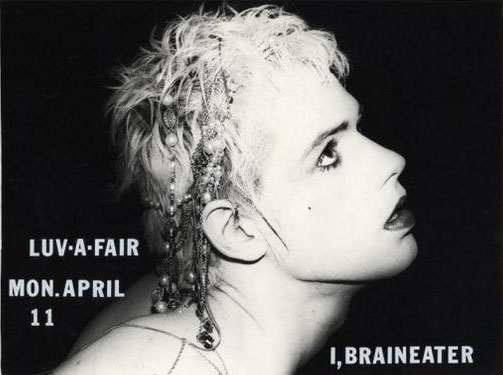
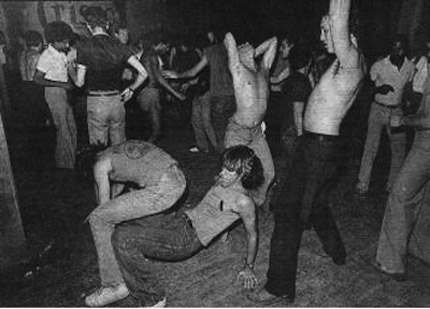
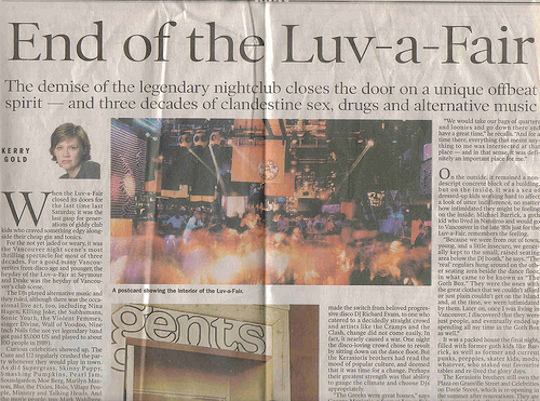

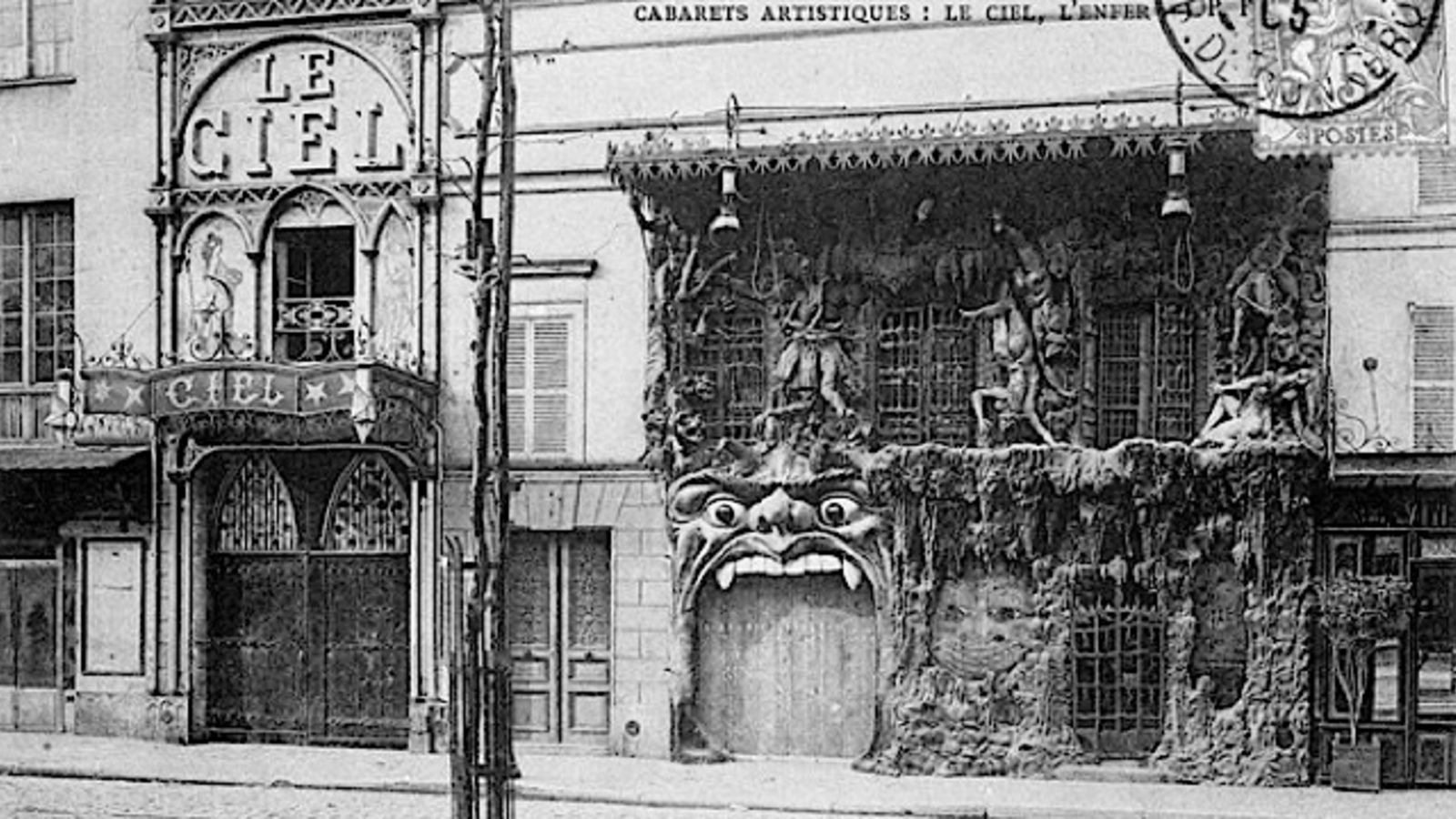







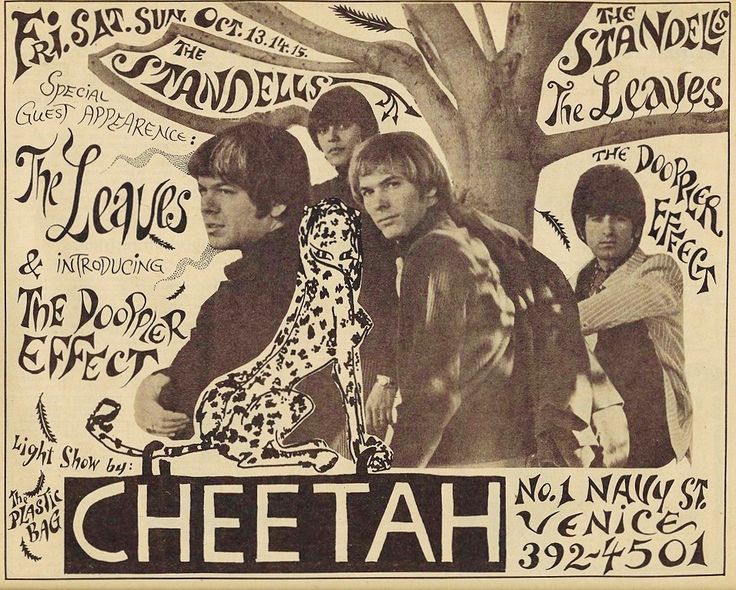
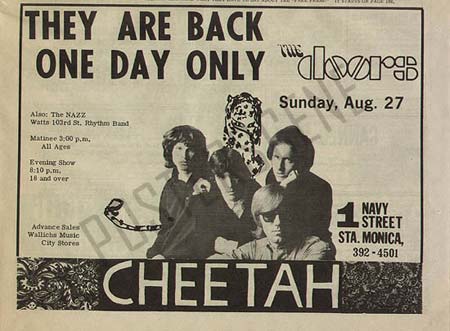
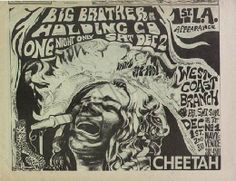
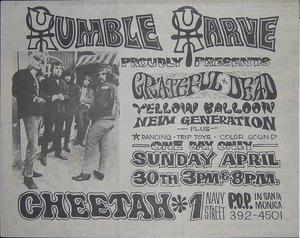
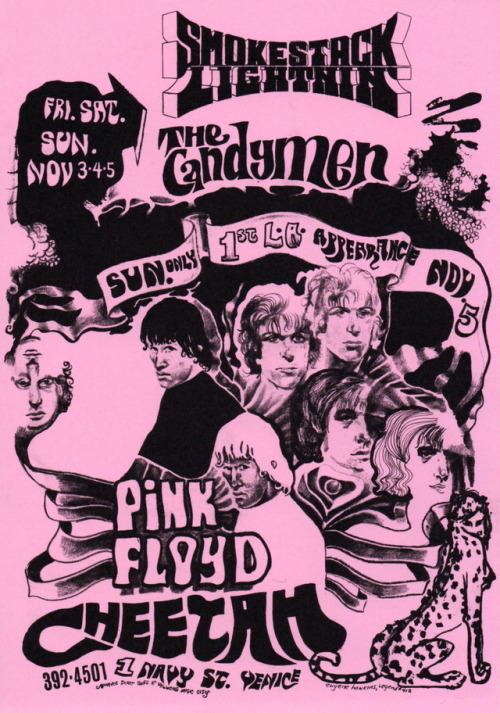
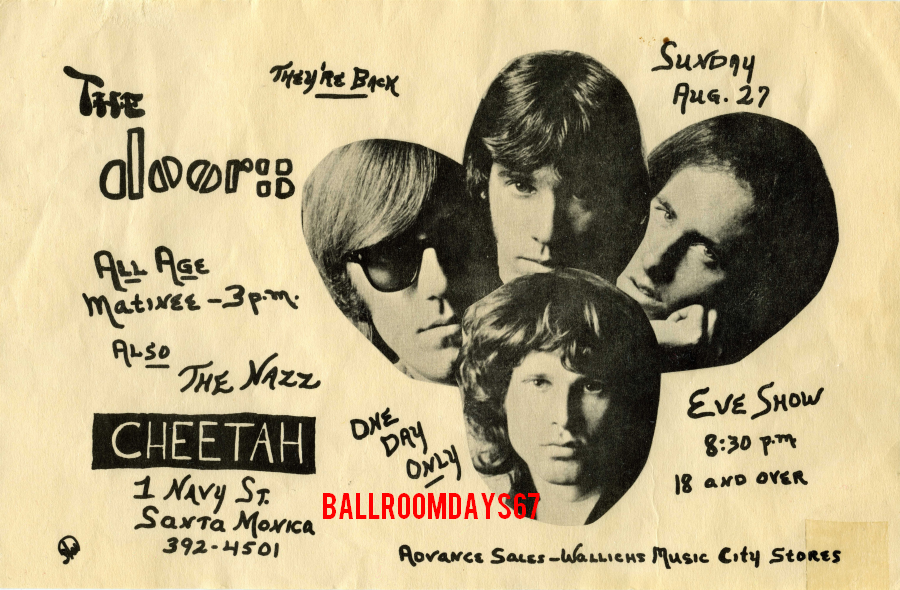
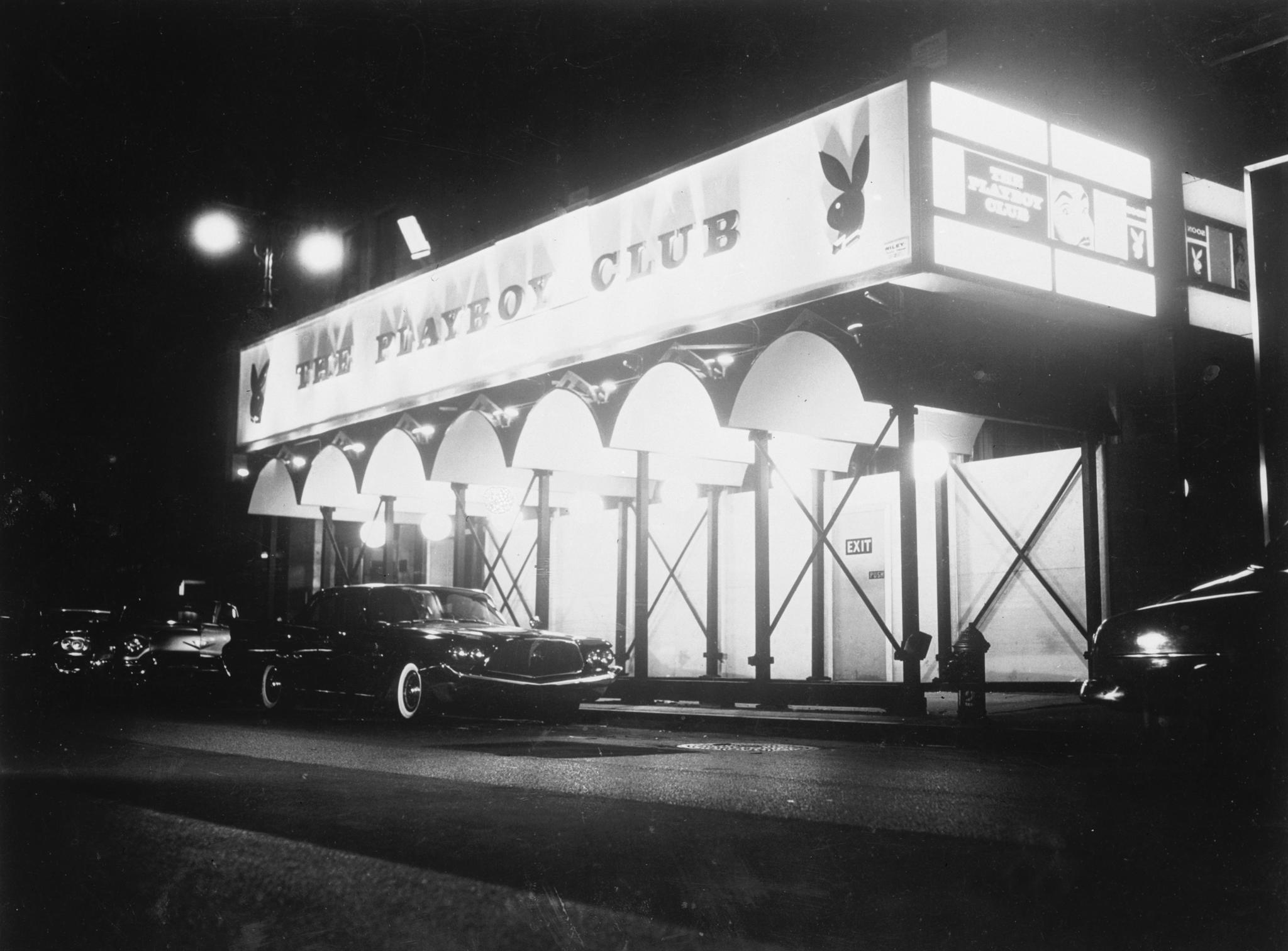


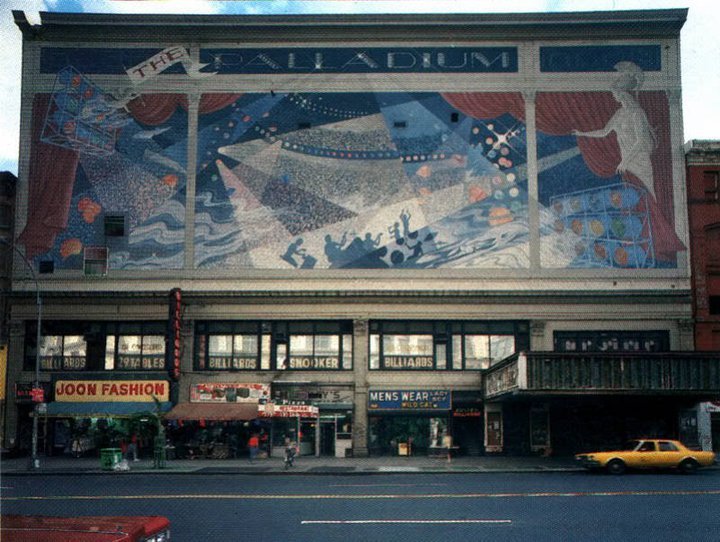



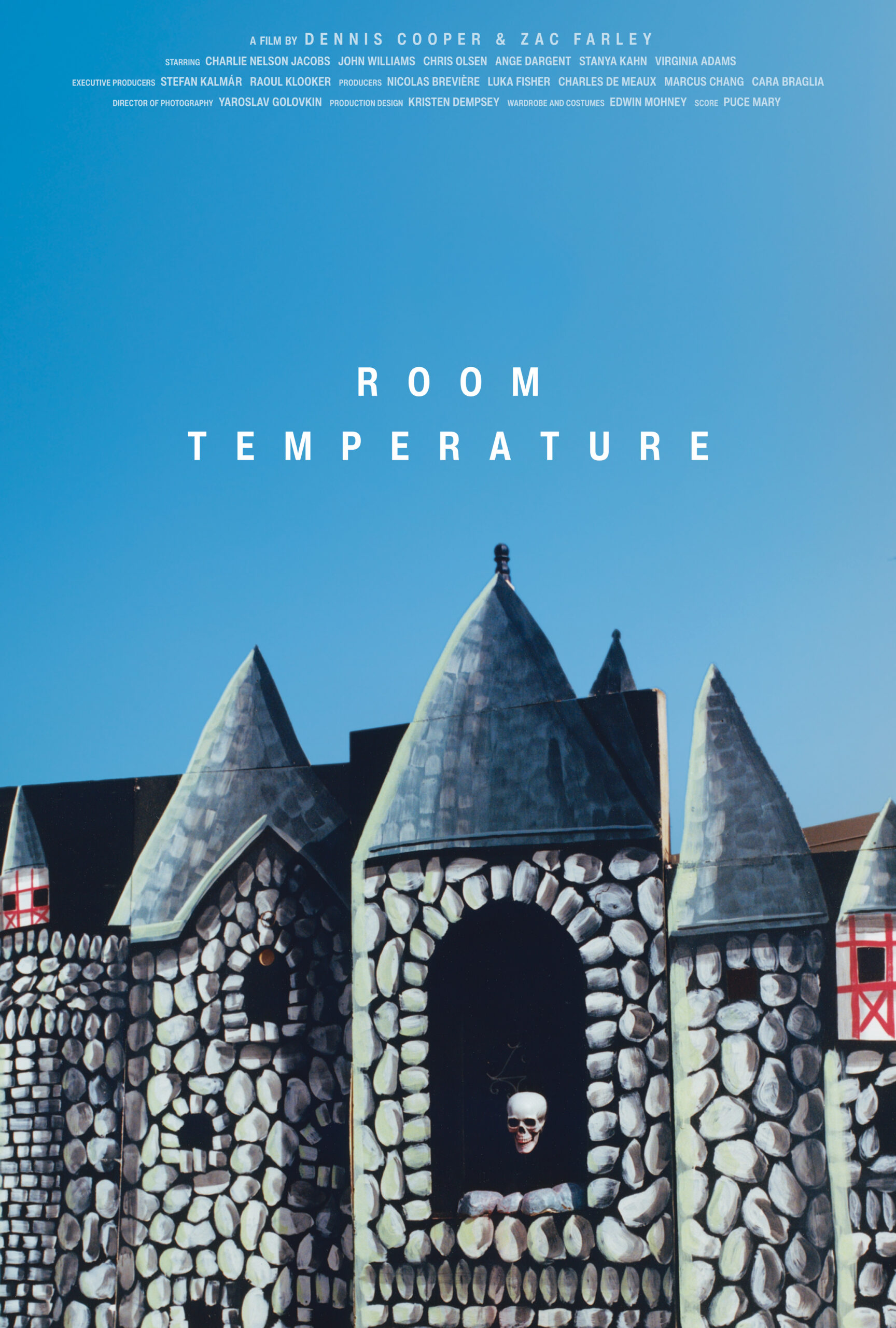



 Now available in North America
Now available in North America 